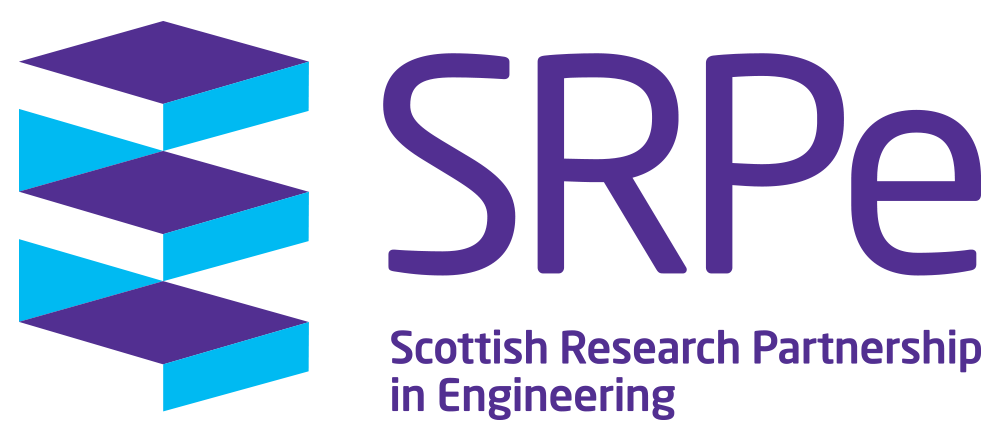Advanced Manufacturing for Vascular Graft sealant Technology
Academic Institution: University of Strathclyde
Industry Partner: Terumo Aortic
Academic Supervisor : Professor John Liggat
PhD Student: Kirstie Goudie
Summary:
Terumo Aortic are a global leader in the design and manufacture of vascular grafts for open surgery, producing ~120,000 synthetic grafts per year for life saving arterial replacement. A key component of the market success of these products is the patented gelatin impregnation sealing technology which makes the grafts impermeable to blood leakage when implanted, but which degrades over a period of ~14 days in-vivo to allow unimpaired tissue incorporation into the matrix of the graft. Terumo Aortic utilise a mixture of functionalised and unfunctionalised gelatin to obtain the desired sealant properties. Despite the critical importance of this gelatin technology, the detailed chemistry has not been extensively studied in the literature and we believe that there is scope for process optimisation at the manufacturing scale. It is critical to develop an understanding of the underlying chemistry and the physical properties of the material.
Gelatin hydrogels are widely utilised as sealants for vascular grafts and patches due to a number of favourable properties; they are biodegradable, biocompatible and non-immunogenic. The gelatin sealant acts as a temporary scaffold for cell attachment and is gradually resorbed by the patient during healing and replaced with human tissue. In addition to the naturally-occurring physical crosslinks that develop through helix formation, the hydrogels are often chemically-crosslinked to improve their thermal and mechanical properties, permitting their use at physiological temperatures. As can be imagined, there are considerable challenges in optimising the mechanical properties of the hydrogels for their use in vivo. Therefore, control of the hydrogel properties by control of the chemical crosslinking is extremely important. As the chemical crosslinking is usually undertaken via reactions of backbone amine sites (lysine etc…) the degree of crosslinking can be controlled by prior blocking of these amine sites (e.g. by succinylation) or, more subtly, by changing access to these sites by control of the physical crosslinks.
This research focusses on the optimisation of different gelatin modifications and the resulting material properties. These optimisations have also been carried out at large scale (100 litres) and shown to be successful. Further work has also been carried out to investigate a number of parameters that influence the subsequent gelatin properties (e.g. pH, salt species and temperature). Gelatin hydrogels have been modified and compared to commercially procured materials using NMR spectroscopy, swell testing, texture analysis, polarimetry and zeta potential measurements. NMR data has been crucial for material characterisation and probing reaction success. It has also revealed chemical shift changes that result from surface charge fluctuations as a function of pH. Polarimetry measurements show the relationship between the morphology of the hydrogels and the mechanical properties of the materials obtained by swell testing and texture analysis, allowing us to correlate changes in mechanical properties with the amount of physical crosslinking. Most recently, relaxometry techniques are providing us with an insight into the dynamics of the molecular motion in the hydrogels.
Key Results/Outcomes:
· Gelatin has been successfully modified at both laboratory and large scale (100 litres) and purification solutions have been developed.
· NMR methods have been developed for material characterisation and quantification of modification.
· We have studied factors that influence the hydrogel properties (pH, salt species and temperature) and have developed an understanding of the relationship between mechanical properties, morphology and molecular motion.
Publications
‘Investigation of the influence of pH on the mechanical properties and morphology of gelatin hydrogels’ – submitted to Journal of Polymer Science.
Conference Presentations
3rd International Conference on Biomaterials & Biodevices (Nov 10-11th 2022) – Paris, France.
Guest Speaker University Colloquia – Łódź University of Technology (Oct 24-25th 2022) – Łódź, Poland.
Poster Presentations
SRPe Annual Conference (2019, 2020, 2022) - University of Strathclyde, Online & University of Edinburgh – Scotland.
R&D Management Conference (Jul 7-8th 2021) - University of Strathclyde, Glasgow, Scotland – 3rd Prize.
Doctoral Research Symposium (May 26-28th 2020) - University of Strathclyde, Glasgow, Scotland (Online).
World Biomaterial Congress (May 19-24th 2020) - Glasgow, Scotland (Online).
Contact Information
Kirsty Goudie
PhD student, University of Strathclyde
Professor John Liggat,
Professor, Department of Pure and Applied Chemistry, University of Strathclyde
